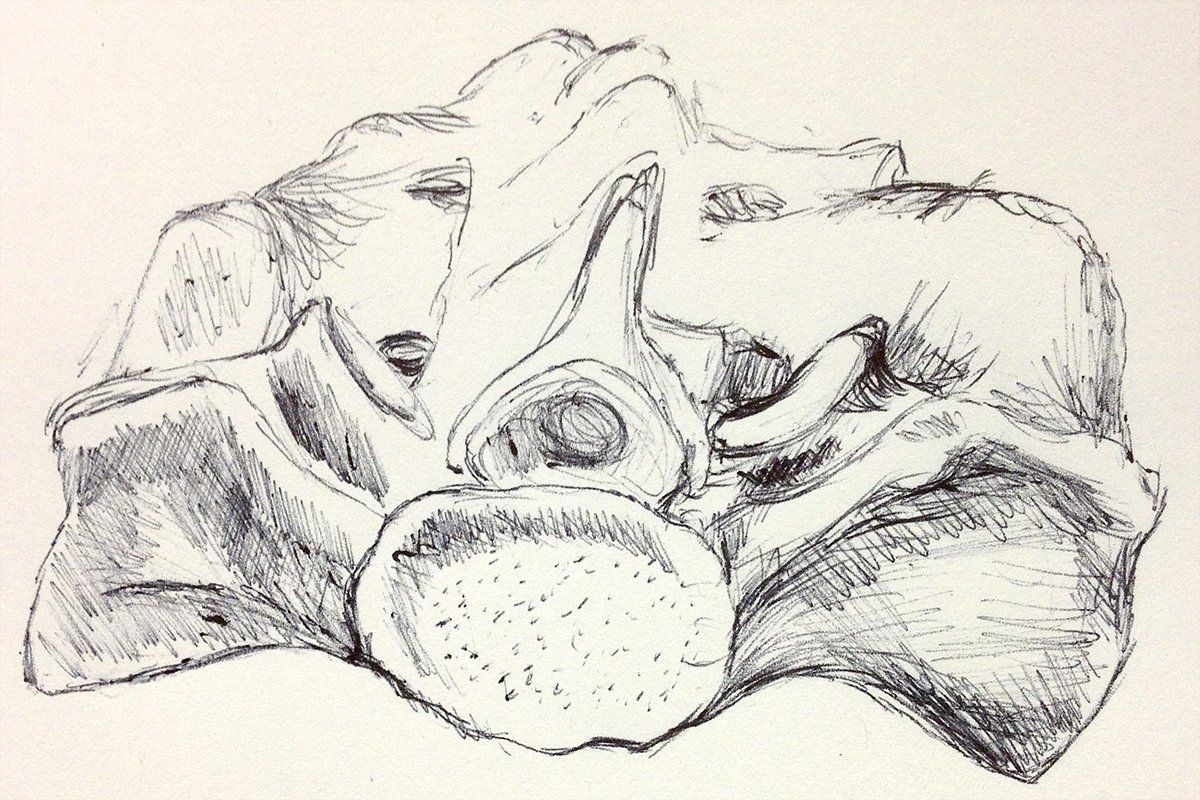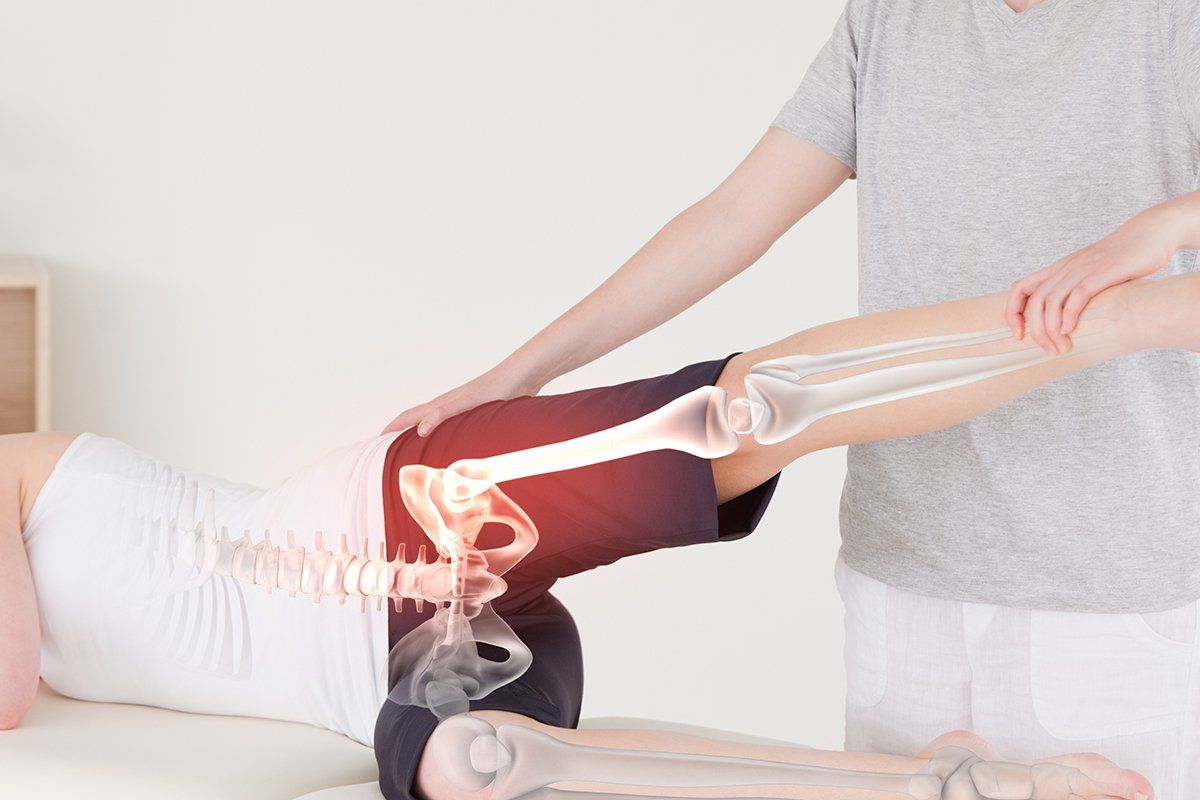18. Hermeneutic Healthcare: Osteopathic Reflections - Theory & Practice

In this post, I share a monologue I wrote while coming to understand the implications of using a hermeneutic model in osteopathic practice, particularly when using hands-on assessment and treatment approaches. I was thinking about the concept of hermeneutic realism and how it helps me understand what the phenomenological rallying cry, ‘back to the things themselves’ means - and applying this to the Mitsein I share with my patients.
Heideggarian scholar Thomas Sheehan distinguishes between what Husserl meant by ‘back to the things themselves’ - ‘back to the experience of things’; and what Heidegger meant - ‘back to the meaning of things’. This came to mind because of a wretched headache I had recently. I ‘knew’ that it was a stomatognathic headache – related to tension in my jaw – because I had a ‘felt sense’ of it. It was different from migraines, neuralgia, tension, sinus or other types of headaches I’ve had in the past. I considered waiting for it to shift, or seeing my cranial osteopath – who I knew, with her careful and skilful treatment, would find a way to treat the headache, addressing its somatic underpinnings.
Osteopathy has been moving away from its traditional roots in structural diagnosis and treatment; we are now disavowing the concept of ‘somatic dysfunction’ and the mechanical model of treatment. This leaves us with a problem: if our biomechanical diagnoses are fallacious, what business do osteopaths have trying to ease, release, bring back into alignment, coax or fix biomechanical-structural-postural findings?
And it occurred to me – something about osteopathy residing in the space between the intersecting comets’ tail swooshes left behind by the corporeal turn in psychology and the psychological turn in osteopathy – if we take a hermeneutic realist position on the manifold 'equal' and co-existing truths of the ways patients suffer, we can help by ‘being with’ them in a compassionate manner that resonates with their truth – and being hermeneuts, we can help them to uncover what that truth is, for them, today.
For one person, their painful sacrum might be the result of a whiplash injury; for another it might be associated with an aching loneliness; for another because of a slip on the ice; for another, a pelvis that feels out of alignment following child-birth; for another, referred pain from the L5/S1 disc. What is important here is ‘the thing in itself’ – both the Husserlian ‘thing’ (the experience of it) and the Heideggerian ‘thing’ (its meaning).
The critical argument against traditional osteopathic technique, challenges the use of history and/or assessment to diagnose a structural dysfunction, because of deficiencies in the validity of our diagnostic techniques. And, if we use what appears to be ‘exactly’ the same approach (or even different approaches) to help treat/release/support/stretch the sacrum or SIJs, and the person feels better, moves better, exercises better, functions better - that’s just natural resolution, or placebo.
I suggest here, however, that the problem is an ontological one: what the critics are failing to explore and account for, is the fact that we have had a meaningful encounter with the patient, helping them to make sense of, and resolve their symptoms (the experience and meaning of them).
It takes inter-personal curiosity, open-ness, resonance and judgement (not to mention skill to screen and account for a potential medical referral) to ‘be with’ a patient in a way that empowers or enables them. And it takes skill and imagination to adjust your register, in order to share your patient’s perspective and treat their structural dysfunction, when this is what makes sense to them. It takes ‘attunement’ to understand our patients: an ability to be hermeneuts in life-worlds that are shared for a moment in time and space, as our horizons of understanding merge.
In my next post...
I will write about the role of the osteopathic 'felt sense' in hermeneutic practice.
You might also like...




